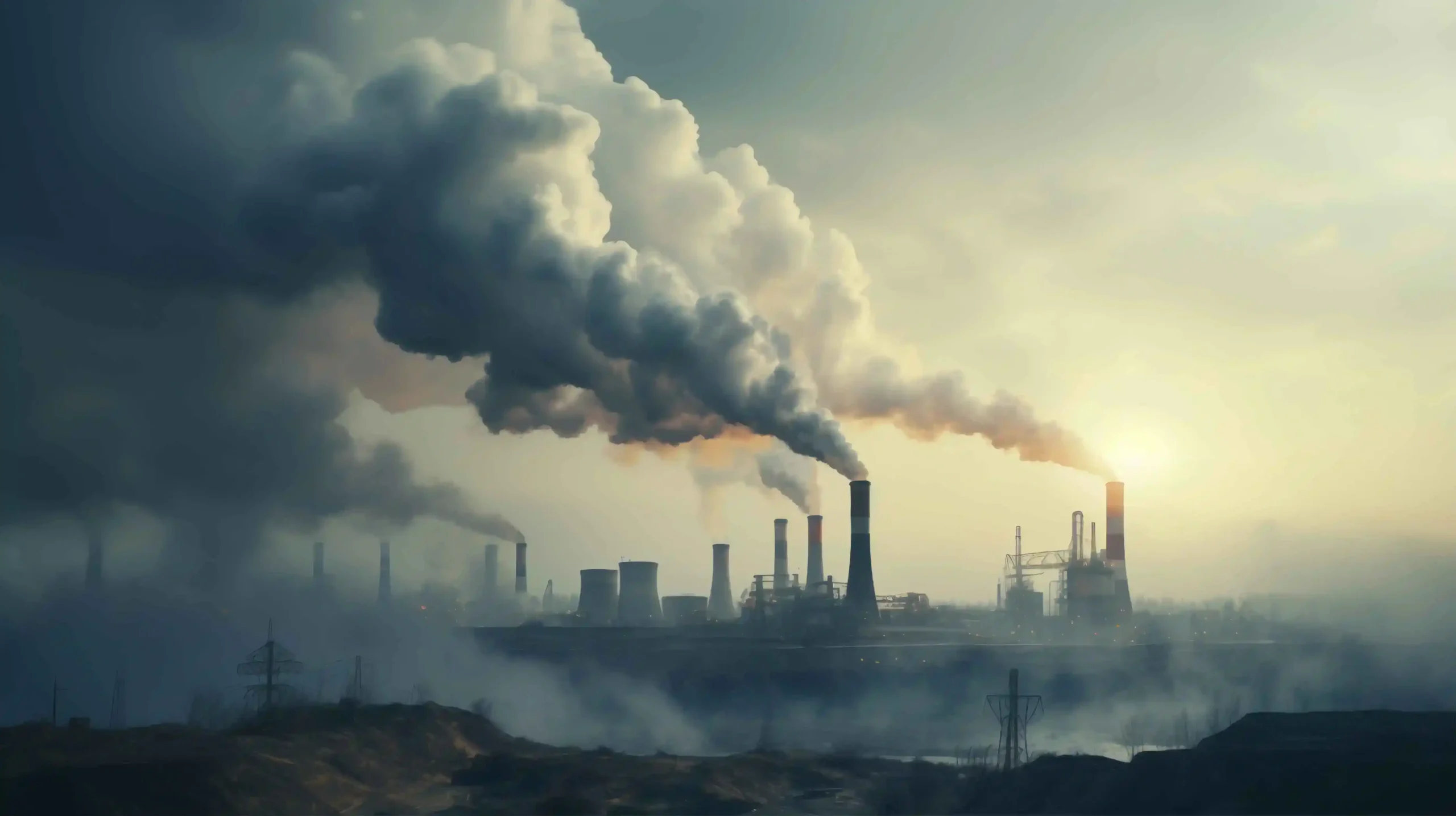Air Pollution Paragraph: Causes, Effects & How to Reduce It
Air pollution is a growing concern across the world. It occurs when harmful particles, gases, and chemicals are released into the air. These pollutants come from vehicles, factories, power plants, and construction sites. In some areas, air pollution even leads to smog, making it hard to breathe or see clearly.
Governments globally are taking action by enforcing environmental policies, shutting down coal plants, and encouraging the use of electric cars. It is vital for us to understand the severity of this issue and take steps to reduce air pollution.
Let’s explore this further through this Air Pollution Paragraph, which explains its causes, effects, and ways to prevent it.
Table of Contents
- Air Pollution Essay 100 Words
- Causes of Air Pollution
- Effects of Air Pollution
- How to Reduce Air Pollution
- FAQs on Air Pollution Essay
Air Pollution Essay 100 Words
Air pollution is a serious global issue. It is mainly caused by burning fossil fuels like petroleum, coal, and natural gas. Vehicle exhaust fumes release harmful gases that pollute the air. Prolonged exposure to polluted air can lead to health problems like asthma, headaches, and allergies.
The World Health Organization (WHO) has classified air pollution as a major environmental risk to human health. Many countries are now taking action by promoting cleaner energy and greener transport options.
Causes of Air Pollution
The primary causes of air pollution include:
- Vehicle emissions from petrol or diesel engines
- Burning of fossil fuels in power plants and industries
- Construction dust and debris
- Burning of trash and agricultural waste
One of the biggest contributors is burning fossil fuels for energy, which also accelerates global warming.
Tip: To help kids understand this better, encourage them to write their own air pollution essay and create illustrations to represent the causes.
Effects of Air Pollution
Air pollution affects human health in many ways:
- It causes respiratory diseases, asthma, and lung cancer
- It increases the risk of heart attacks and strokes
- It leads to premature deaths in highly polluted regions
- It weakens the immune system, making people prone to infections
Polluted air also harms wildlife and damages the environment, contributing to climate change and harming plant life.
How to Reduce Air Pollution
Here are some effective ways to reduce air pollution:
- Plant more trees (afforestation) to absorb carbon dioxide
- Promote the use of eco-friendly materials
- Shift to renewable energy sources
- Use cleaner fuels like CNG, biogas, LPG
- Reduce car usage by encouraging cycling, walking, and public transport
By adopting these steps, we can work towards a cleaner, healthier planet.
Conclusion
Air pollution is a serious issue, and we must all take responsibility for reducing it. By planting trees, using clean energy, and supporting green policies, we can help save the Earth from further damage.
For more fun learning activities and educational content, visit BYJU’S website.
FAQs on Air Pollution Paragraph
Q1: Does afforestation help reduce air pollution?
Yes, afforestation increases oxygen and reduces carbon dioxide in the air, helping to reduce air pollution.
Q2: How does air pollution harm humans?
Air pollution can cause respiratory issues, cardiovascular diseases, and increase the risk of heart attacks and strokes.
My Daily Routine Paragraph In English
My daily routine starts early in the morning. I wake up at 6:00 AM and begin my day with some light exercises to stay fit. After that, I freshen up and have a healthy breakfast. By 8:00 AM, I start my work or study session, which lasts until noon. I take a short break for lunch and then continue working in the afternoon. In the evening, I relax by reading or watching TV. I also make time for dinner with my family before heading to bed around 10:00 PM. This routine keeps me productive and healthy.






[…] Air Pollution Paragraph […]